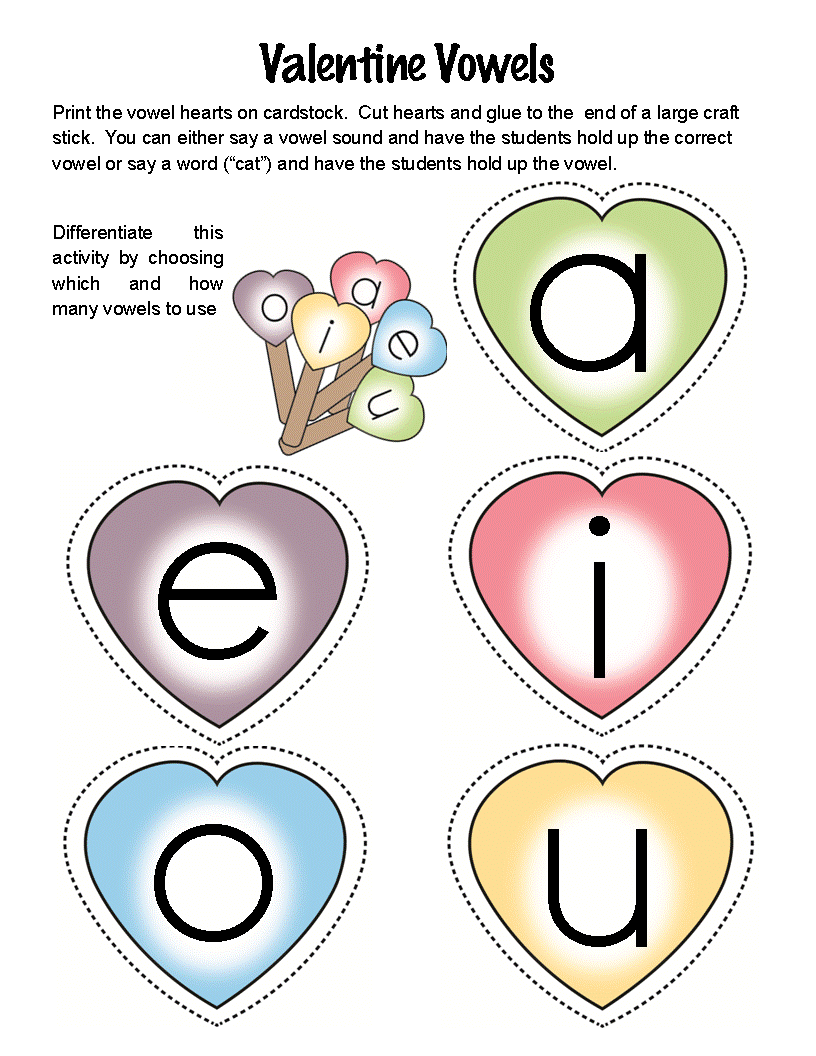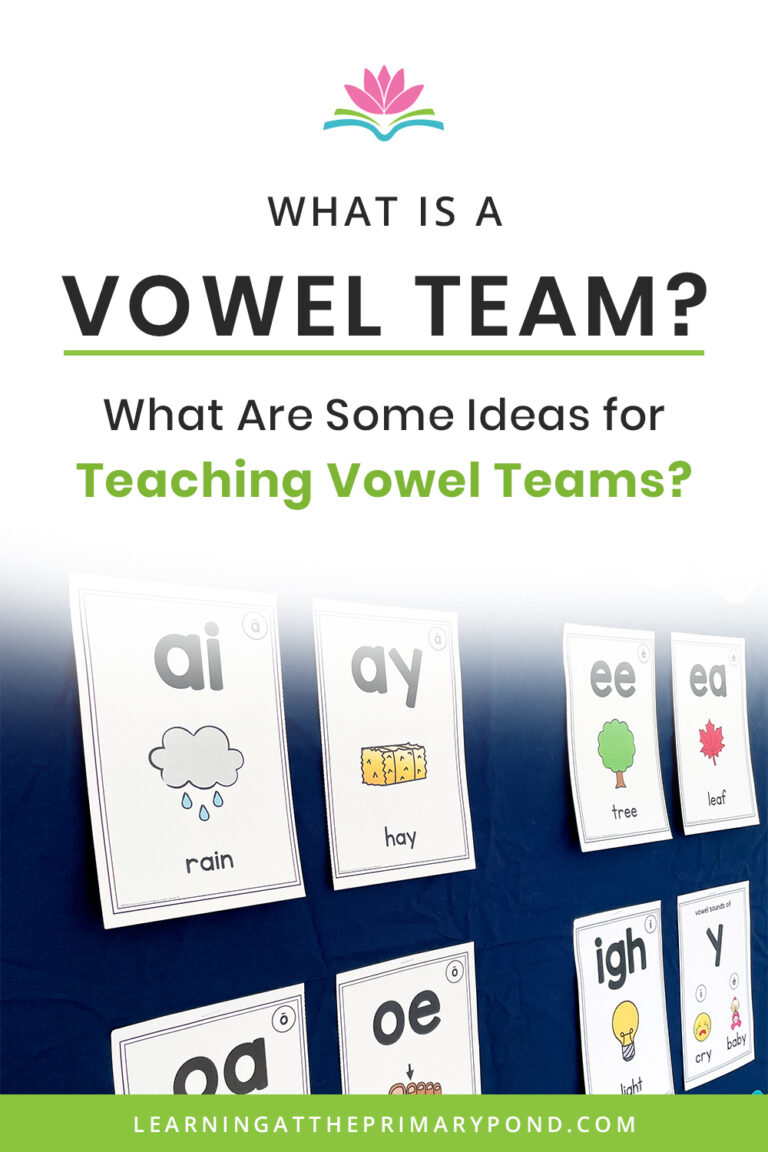

If a word has more than one syllable, it then needs more than one vowel.

Moreover, every syllable also needs a vowel sound. In fact, the shortest words in the English language are one letter, and they’re both vowels: the article a and the pronoun I. There are a small number of exceptions, which we explain below, but in general, this is the rule. Unlike consonants, every word needs at least one vowel. The presence of the silent e at the end changes the rules for how to conjugate certain words.

Consider the difference between hop and hope-which, as present participles, become hopping and hoping. They also have a direct impact on how consonants are used, such as spelling words with double consonants. Vowels play a major role in both spelling and grammar. In grammar, these letters are still considered consonants and don’t follow the vowel rules. However, some consonants, like h, r, and w, can also make vowel sounds. So what are the vowels? The letters a, e, i, o, u-and sometimes y-are vowels. While consonant sounds are differentiated by how the air is blocked-such as sticking the tongue behind the front teeth for d and t, or closing the lips for b, m, and p-vowel sounds are differentiated by pitch, accent, volume, and duration. Consonants represent sounds that are blocked vowels represent sounds that are not blocked. Letters and speech sounds are divided into two categories: sounds where the air is blocked by the lips, tongue, or throat before leaving the mouth and sounds where the air is not blocked. Here is another example with long o: oa is usually found at the beginning or middle of a word, and ow is usually found at the end.Grammarly helps you communicate confidently Write with Grammarly What are vowels? Some of the long vowel spelling patterns are spelling rules that make it easy to remember.įor example, ai is usually found at the beginning or middle of a syllable, and ay is usually found at the end of a syllable. These are all skills that struggling readers need to practice. It seems so simple but the task involves listening to a word, deciding on the spelling, and transferring that info to written form. The main activity that is often overlooked is dictation. Games, dictation, word sorts, memory or matching with flashcards, word hunts, textured writing, body spelling, and bingo are all fun ways to practice the long vowel sounds.

Use a variety of activities to practice each spelling pattern. Here are resources for each syllable type:


 0 kommentar(er)
0 kommentar(er)
